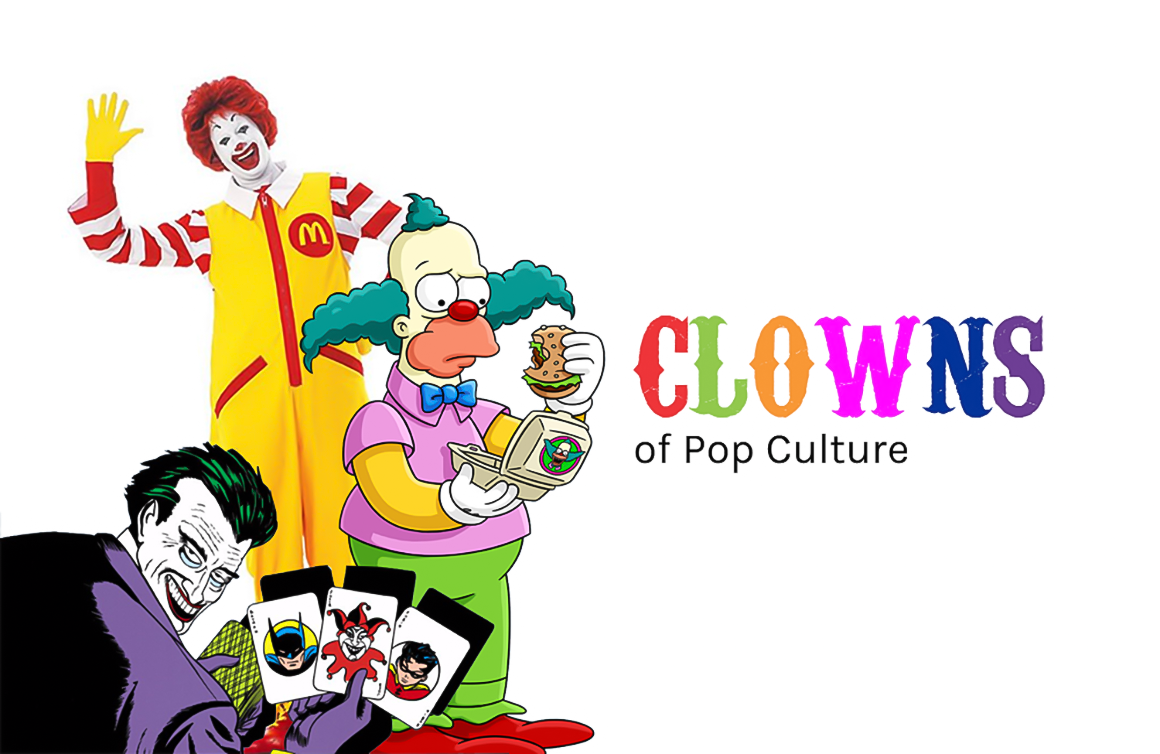For centuries, clowns have upturned social and psychological norms. From ancient Roman civilization to court jesters and circus performers, they entertain and amuse while reaching into our deepest insecurities. In fact, the fear of clowns is a recognized psychiatric condition called coulrophobia. It’s this fascinating duality — the source of both laughter and unease — that makes their representations in popular culture so intriguing.
Toy Tales looks at some of pop culture’s most recognizable clowns.
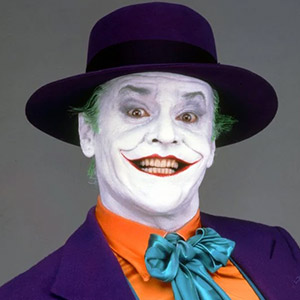
The Joker
Making his debut in the comic Batman #1 in 1940, The Joker has since been portrayed as everything from kooky to psychotic, depending on the iteration. The supervillain brings a typhoon of instability wherever he roams.
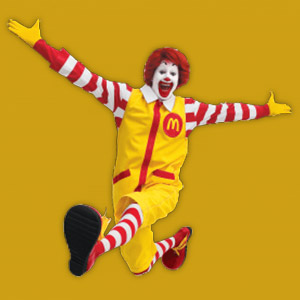
Ronald McDonald
Since his introduction in 1963, the McDonald’s mascot has held the irresistible promise of cheeseburgers and fries. For many, however, a time comes when his bright red perma-smile and wide eyes seem unsettlingly creepy and sinister.
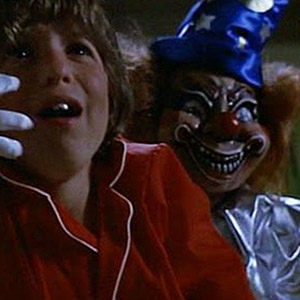
Clown Doll from Poltergeist
Clowns don’t need to be sentient beings to elicit terror. Take the Clown Doll from the 1982 movie, Poltergeist, for instance. It single-handedly made an entire generation of children afraid to look under their beds.
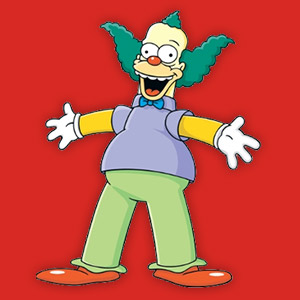
Krusty the Clown
On The Simpsons, Krusty personifies the dark underbelly of clowndom: bitterness, longing, anxiety, self-doubt, and self-loathing. As a kids TV show host, this Matt Groening character reminds kids and adults alike to be careful what they wish for.
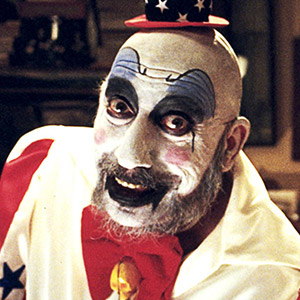
Captain Spaulding
It should come as no surprise that one of pop culture’s most terrifying clowns comes from the mind of Rob Zombie. Captain Spaulding is a revolting, sadistic, and murderous – characteristics he cultivates as proprietor of Captain Spaulding’s Museum of Monsters and Madmen.
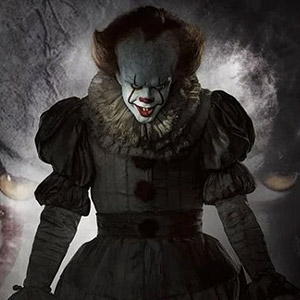
Pennywise
As antagonist of the 1986 Steven King novel and 2017 feature film, “It”, Pennywise the Laughing Clown torments children. Pennywise highlights the insecurities and vulnerability of youth, affirming for kids that only their peers can provide real understanding and support.

